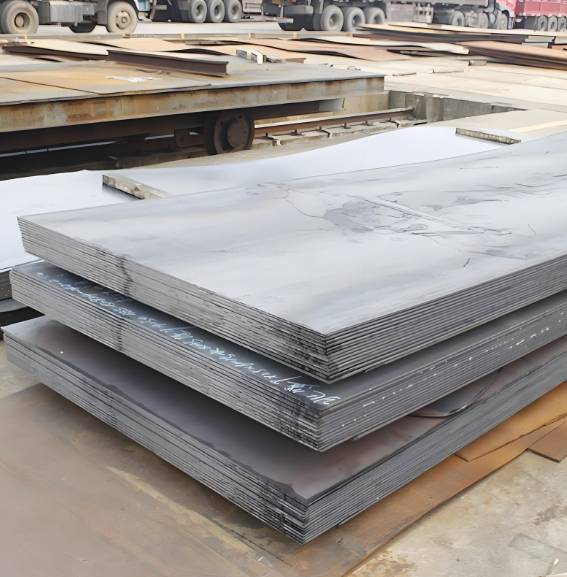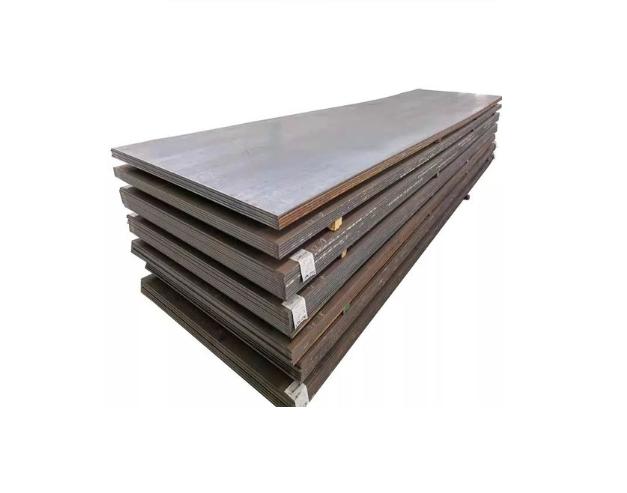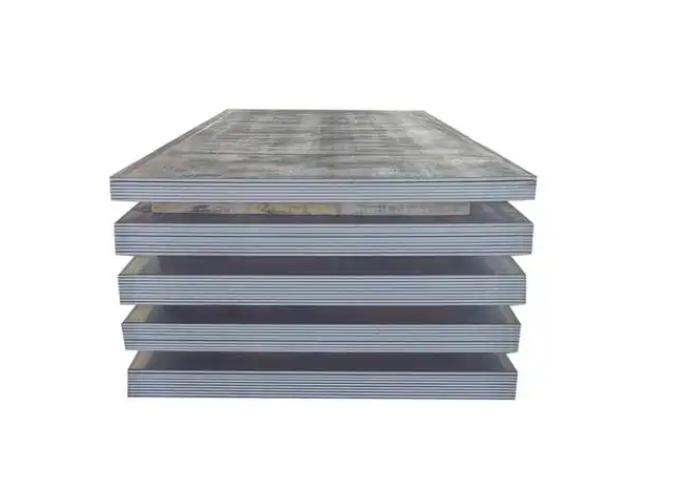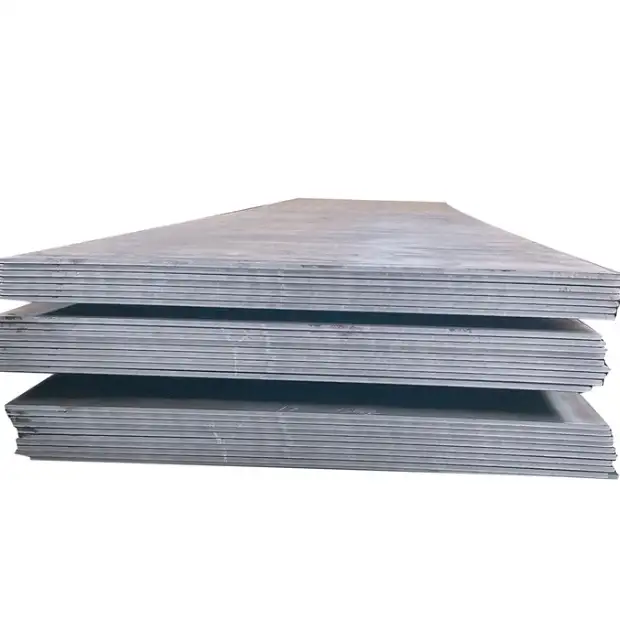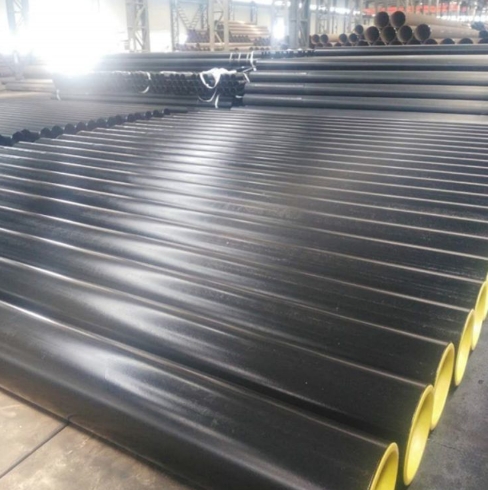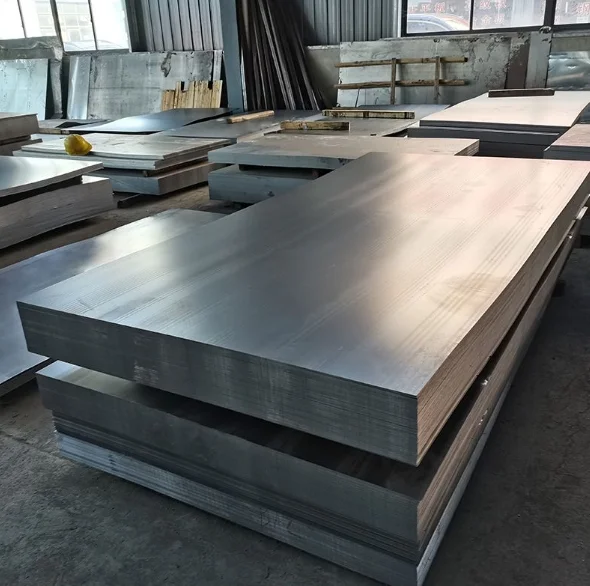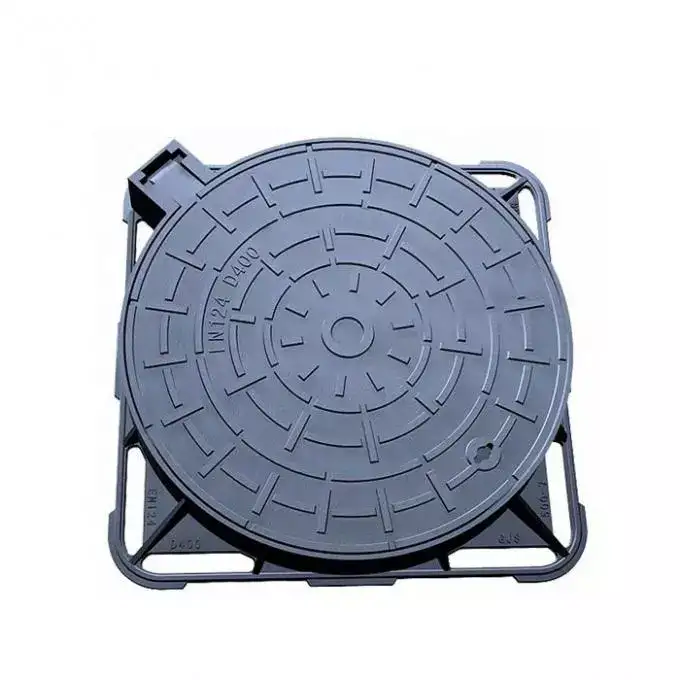Are you considering ASTM A537 Class 1 carbon steel plates for your project? This steel grade is popular in pressure vessel applications due to its strength and durability. However, selecting the right material involves understanding its specifications, benefits, and limitations. In this article, I will walk you through everything you need to know about ASTM A537 Class 1 carbon steel plates, including how to get accurate quotes, compare options, and avoid common pitfalls.
What Are ASTM A537 Class 1 Carbon Steel Plates?
ASTM A537 Class 1 carbon steel plates are low-alloy steels designed for pressure vessels operating at moderate to high temperatures. They are known for their excellent weldability, toughness, and corrosion resistance. These plates are often used in oil & gas, power generation, and chemical industries.
Why Choose ASTM A537 Class 1 Carbon Steel Plates?
ASTM A537 Class 1 carbon steel plates offer a combination of strength and formability. Their chemical composition ensures they withstand high-pressure environments, making them ideal for critical applications. Plus, they meet strict industry standards, ensuring safety and reliability.
However, understanding their properties and proper sourcing is crucial. For example, ASTM A537 Class 1 carbon steel plates are often compared with other grades like ASTM A516 or A285, depending on project needs.
Data Point:
According to a 2022 report by Steel Market Trends, ASTM A537 Class 1 carbon steel plates have a yield strength of approximately 55 ksi (380 MPa). (Source: Steel Market Trends, 2022)
How to Obtain Accurate Quotes for ASTM A537 Class 1 Carbon Steel Plates
Getting reliable ASTM A537 Class 1 carbon steel plates quotes can be tricky. Many factors influence pricing, such as thickness, size, surface finish, and supplier location.
Step 1: Define Your Specifications Clearly
Specify dimensions, thickness, and any certifications needed. Be precise about the steel grade to avoid confusion.
Step 2: Research Reputable Suppliers
Look for suppliers with proven experience in ASTM A537 Class 1 carbon steel plates. Check reviews and certifications.
Step 3: Request Detailed Quotes
Ask for itemized quotes that include material cost, shipping, taxes, and any additional fees.
Step 4: Compare Multiple Offers
Gather at least 3 quotes. Use comparison tables to analyze differences in price, lead time, and quality.
Step 5: Verify Certification and Quality Standards
Ensure suppliers provide mill test reports and certifications like ASTM compliance.
Comparing ASTM A537 Class 1 vs. Other Steel Grades
| Feature | ASTM A537 Class 1 | ASTM A516 Grade 70 | A285 Grade C |
|---|---|---|---|
| Composition | Low alloy, manganese | Carbon steel, manganese | Carbon steel, phosphorus |
| Strength | High, weldable | Moderate, weldable | Moderate, weldable |
| Corrosion Resistance | Good | Moderate | Low |
| Typical Uses | Pressure vessels | Boilers, tanks | Storage tanks |
| Cost | Slightly higher | Moderate | Lower |
Data from Steel Comparison Guide, 2023
Note: Comparing ASTM A537 Class 1 carbon steel plates with alternatives helps you make informed decisions based on project requirements.
Common Mistakes When Sourcing ASTM A537 Class 1 Carbon Steel Plates
⚠️ Warning: Many buyers focus solely on price, neglecting quality and certification. This can lead to costly failures. Always verify mill test reports and supplier credentials.
Another common mistake is not specifying the exact chemical composition or heat treatment conditions, which can affect performance.
Real-Life Example: My Experience with ASTM A537 Class 1 Steel
When I worked on a pressure vessel project, I initially underestimated the importance of certifications. I ordered ASTM A537 Class 1 plates based on price alone. Unfortunately, the steel didn’t meet the required toughness standards, causing delays. Afterward, I learned that working with certified suppliers and reviewing test reports is non-negotiable. Now, I always request detailed certifications before purchase.
Step-by-Step Guide to Buying ASTM A537 Class 1 Carbon Steel Plates
- Define precise specifications: Size, thickness, certifications, and surface finish.
- Identify trusted suppliers: Focus on those with proven experience and certifications.
- Request comprehensive quotes: Ensure they include all costs and lead times.
- Compare offers thoroughly: Use comparison tables for clarity.
- Confirm certifications: Verify mill test reports, ASTM compliance, and quality standards.
Common Pitfalls to Avoid
⚠️ Note: Do not assume all suppliers meet ASTM standards without proof. Always request test reports.
⚠️ Note: Avoid rushing the process; quality steel is worth the wait.
⚠️ Note: Be cautious of prices that seem too good to be true—low prices often compromise quality.
Practical Checklist for Purchasing ASTM A537 Class 1 Carbon Steel Plates
- Clearly specify dimensions and certifications.
- Confirm supplier experience with ASTM A537 Grade 1.
- Request detailed, itemized quotes.
- Verify mill test reports and certifications.
- Compare prices, lead times, and quality.
- Check supplier reputation and reviews.
- Confirm shipping costs and logistics.
- Review terms and payment conditions.
- Ensure the steel meets project-specific standards.
- Keep all documentation for future reference.
Final Thoughts
In conclusion, ASTM A537 Class 1 carbon steel plates are vital for pressure vessel manufacturing. To ensure you get the best value, focus on detailed specifications, reputable suppliers, and certification verification. Remember, quality steel is an investment in safety and durability.
If you follow these steps and avoid common pitfalls, you’ll be well on your way to sourcing reliable ASTM A537 Class 1 carbon steel plates that meet your project needs.


